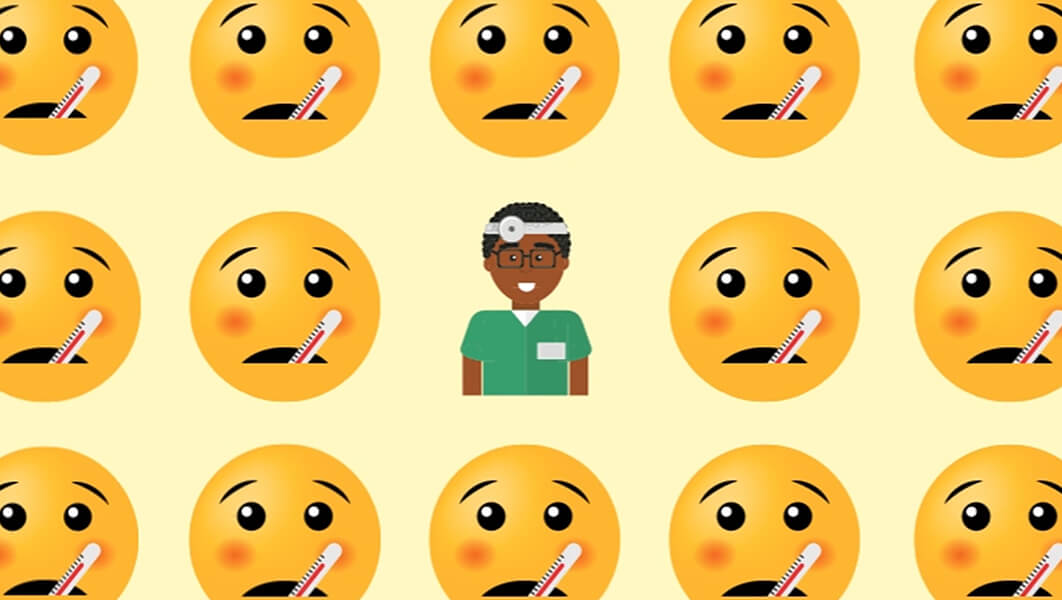Human-centered tech eases urgent healthcare issues
People today are more involved than ever before in making healthcare decisions, but with greater access to information and decision-making power has come an erosion of trust. A recent surveySource found that one-third of Americans have chosen not to proceed with a treatment because of a lack of trust in their care.
Technology and trust
With the help of technology innovations, IT professionals are doing their part to mend this growing global divide. In the hands of these IT allies, Lenovo Health Solutions are extending the reach of physicians, making it possible to deliver more high-quality care virtually and build a true union with the people for whom they care.
This bridge starts with hospital systems, where IT transformation services from Lenovo create better and faster care. Trust is reinforced by connection, too, such as the kind fostered by our customizable Virtual Rounding Solution. A secure collaboration solution with high-quality video and sound, it allows providers to safely and virtually meet with in-room patients from anywhere – their office, another care facility or their home.
FEATURED SOLUTIONS

Smarter Healthcare

Scalable Infrastructure

Lenovo End-to-End Services
Compassion and care
Both doctors and patients report that compassion is a critically important principle in healthcare,Source and technology can help bring it out. Not only do physicians and patients prefer it, but it makes the whole system more efficient.Source
Sometimes genuine kindness is found in caring for the whole person—not just the disease. That inspires healthcare providers to turn to Virtual Reality (VR) experiences that can bring respite and healing to patients undergoing treatments ridden with pain and anxiety.
Transformative technology like that can also ignite human connection at the other end of life. Pivotal Reality uses Lenovo VR to comfort patients with dementia and help them re-engage with what once seemed irretrievably lost. Lenovo’s hyperconverged infrastructure has helped Miami Jewish Health cut complexity, slash energy cost by half and amplify focus on elder patient care.
First, do no harm
Advanced technology is also solving what seemed like intractable problems for the whole healthcare system. With healthcare devices and remote monitoring on the rise, data storage and management challenges are huge. But scalable, pay-per-use infrastructure can improve collaboration in organizations with secure, faster access to patient health data and analyses.
Another challenge? Radiology. It has long been a profession prone to burnout. Teleradiology, powered by Lenovo’s secure mobile clients and displays, lets radiologists participate in empathetic care and partner more efficiently with the growing patient population, without as much mental fatigue.
Doctors are always on the lookout for ways to improve patient outcomes. And that’s why healthcare providers will benefit from the work research institutions worldwide are doing in partnership with Lenovo AI Innovation Centers. Their quest to classify and diagnose a variety of tumors and other illnesses earlier and more accurately reduces the workload for doctors and improves the clinician experience.
When lives depend on perfect execution, indispensable IT professionals look to comprehensive security solutions and dependable healthcare services to keep vital systems running.
Human connection and smarter technology are coming together to make the unimaginable routine and forge a new trust between physicians and patients. Human-centered technology has turned treatment into a shared mission for patients, doctors, and the innovators that support them.















